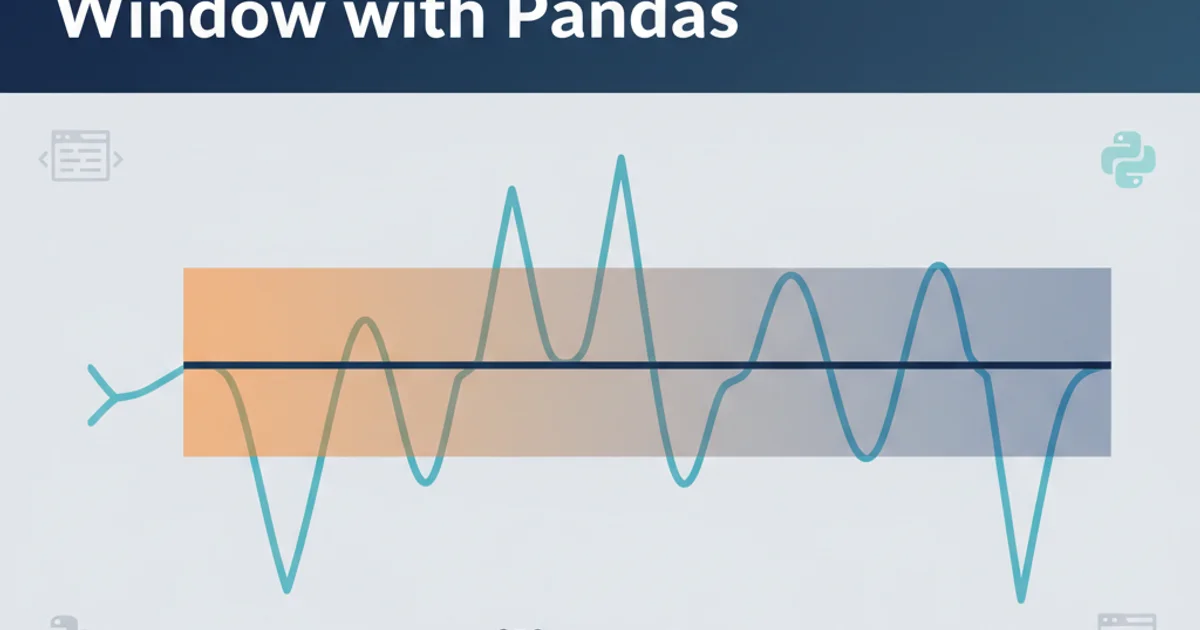Mac Terminal - Create animated gif from png files
Categories:
Create Animated GIFs from PNG Sequences in Mac Terminal

Learn how to effortlessly convert a series of PNG images into a captivating animated GIF using command-line tools on your Mac.
Animated GIFs are a popular way to share short animations, screen recordings, or visual sequences. While many graphical tools exist, the Mac Terminal offers a powerful and efficient method to create GIFs directly from a sequence of PNG images. This article will guide you through the process using ImageMagick, a versatile command-line utility, and explain the key parameters to achieve your desired animation.
Prerequisites: Installing ImageMagick
Before you can start converting your PNGs, you'll need to install ImageMagick. This open-source software suite is used for displaying, converting, and editing raster image files. The easiest way to install it on macOS is using Homebrew, a popular package manager.
1. Install Homebrew (if not already installed)
Open your Terminal application (found in /Applications/Utilities/) and paste the following command. Press Enter and follow any on-screen prompts.
/bin/bash -c "$(curl -fsSL https://raw.githubusercontent.com/Homebrew/install/HEAD/install.sh)"
2. Install ImageMagick
Once Homebrew is installed, you can install ImageMagick with a simple command:
brew install imagemagick
Homebrew will download and install ImageMagick and its dependencies. This might take a few minutes.
3. Verify Installation
To ensure ImageMagick is correctly installed and accessible, run:
convert --version
You should see output displaying the ImageMagick version information. If you see a 'command not found' error, try restarting your Terminal or checking your PATH environment variable.
convert conflicting with another macOS utility, you can explicitly call ImageMagick's convert using magick convert instead of just convert.Understanding the Conversion Process
The core of creating an animated GIF from PNGs involves using ImageMagick's convert command. This command takes a series of input images and combines them into a single output GIF, allowing you to control various animation properties like delay, loop count, and optimization.
flowchart TD
A[Start with PNG Sequence] --> B{ImageMagick 'convert' command}
B --> C[Specify Delay (-delay)]
B --> D[Specify Loop Count (-loop)]
B --> E[Specify Optimization (-layers Optimize)]
B --> F[Input PNG Files (e.g., *.png)]
B --> G[Output GIF File (e.g., output.gif)]
C & D & E & F & G --> H[Animated GIF Created]
H --> I[End]Flowchart of the PNG to GIF conversion process using ImageMagick.
Creating Your Animated GIF
Once ImageMagick is installed, navigate to the directory containing your PNG files using the cd command. Ensure your PNG files are sequentially named (e.g., frame001.png, frame002.png, frame003.png) for proper animation order.
cd ~/Desktop/my_animation_frames
convert -delay 10 -loop 0 *.png output.gif
Basic command to convert all PNGs in the current directory to an animated GIF.
Let's break down the command parameters:
convert: The ImageMagick command for image conversion.-delay 10: Sets the delay between frames to 10 hundredths of a second (0.1 seconds). Adjust this value to control the animation speed. A smaller number means faster animation.-loop 0: Specifies that the GIF should loop indefinitely. Use1for a single loop, or any positive integer for a specific number of loops.*.png: A wildcard that tellsconvertto include all files ending with.pngin the current directory. Ensure your files are ordered correctly by their filenames.output.gif: The name of the output animated GIF file.
-layers Optimize before the output filename. This option attempts to optimize the GIF for smaller file size by removing redundant pixels between frames. Example: convert -delay 10 -loop 0 *.png -layers Optimize output.gif.Advanced Options and Troubleshooting
ImageMagick offers a wealth of options for fine-tuning your GIF. Here are a few common scenarios and solutions:
- Resizing Images: If your source PNGs are too large, you can resize them during conversion using
-resize. For example,-resize 50%will reduce the dimensions by half. - Specific Frame Range: To convert only a subset of your PNGs, specify them explicitly or use a more precise wildcard pattern (e.g.,
frame0[1-5].png). - Quality Control: For higher quality or specific color palettes, explore options like
-colors 256(to limit to 256 colors, common for GIFs) or-dither FloydSteinberg. - File Naming: If your PNGs are not zero-padded (e.g.,
frame1.png,frame10.png), the*.pngwildcard might not process them in the correct order. It's best practice to use zero-padded names likeframe001.png,frame002.png.
convert -delay 8 -loop 0 -resize 75% frame*.png -layers Optimize final_animation.gif
Example with resizing and optimization for a smoother, smaller GIF.
By mastering these command-line techniques, you gain precise control over your animated GIF creation, making it an invaluable skill for developers, designers, and anyone working with visual content on a Mac.